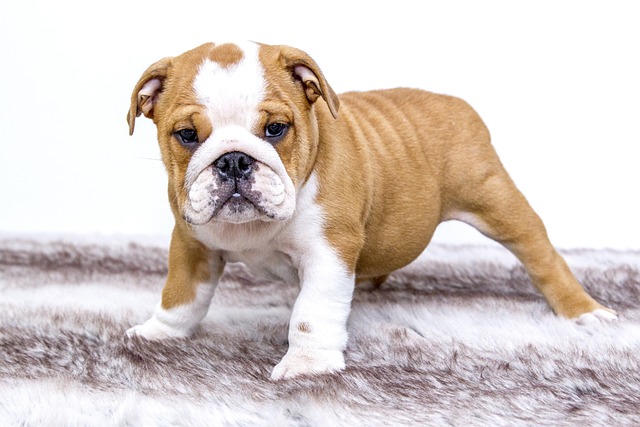
How do i train my dog to be obedient?
Watching your dog dart across the park ignoring your calls isn’t just frustrating—it can put them at risk near busy streets or public spaces.
That puddle on the floor the moment you turn your back is a classic rite of passage for every new puppy owner, prompting the immediate question: when should this training begin? The simple answer is that you can and should start the very day your puppy comes home, typically around 8 weeks of age. Their brains are incredibly receptive sponges at this stage, primed for learning routines and forming associations. The key to success isn't about their age, but about your understanding of their physical limitations. A puppy's bladder control is directly tied to their age in months. A good rule of thumb is they can typically hold their bladder for about one hour per month of age. So, your two-month-old puppy will likely need a bathroom break every two hours—without fail—especially after waking up, playing, eating, or drinking.
Begin by establishing a consistent routine and a specific outdoor bathroom spot. The familiar scent there will naturally encourage them to go. Take them to this spot on a leash first thing in the morning, after every nap, and 15-20 minutes after each meal. When they eliminate, use a calm, consistent verbal cue like "go potty." The very second they finish, reward them immediately with a high-value treat and enthusiastic praise. This positive reinforcement creates a powerful connection in their brain: going outside equals something wonderful. If you catch them in the act indoors, a simple, interrupting noise like "oops!" or a hand clap is enough. Then, swiftly and calmly take them outside to their spot. Never rub their nose in it or yell; this outdated method only creates fear and confusion, potentially leading to them hiding to eliminate, which makes training infinitely harder.

This philosophy of patience and reward-based training is a cornerstone of modern, responsible dog ownership in the U.S. and Europe. It aligns with animal welfare standards that reject punitive measures in favor of methods that build trust and confidence. This commitment to positive training extends to your responsibilities in public spaces. As your puppy learns, you'll be taking them on frequent potty outings. This makes it an absolute necessity to always have a reliable supply of poop bags on you. Cleaning up immediately after your pet is not just a common courtesy; in virtually every American city and town, it is the law. Fines for not scooping can be hefty, and it's a major point of etiquette among fellow dog owners. Furthermore, until your veterinarian confirms your puppy has full immunity from their final round of vaccinations (usually around 16-18 weeks), avoid public dog parks and high-traffic pet areas to protect them from dangerous diseases like parvovirus.
For those in apartments, this routine requires military-level planning. Without a backyard, every potty trip is a planned expedition downstairs. Using puppy pads or a fresh patch of turf on a balcony can be a helpful emergency solution, but prioritize making those frequent trips to their designated outdoor spot to build the right long-term habits. Be extra vigilant in shared elevator and lobby spaces, always keeping your puppy on a short leash and being prepared to clean up any accidents instantly with an enzymatic cleaner. Remember, consistency and patience are your most valuable tools. There will be accidents—it's a guaranteed part of the process. But by starting early, celebrating the small victories, and integrating these practices calmly into your daily life, you're not just house-training your puppy; you're building a foundation of trust and communication for a lifelong bond.

Watching your dog dart across the park ignoring your calls isn’t just frustrating—it can put them at risk near busy streets or public spaces.

New puppy owners often find themselves rushing to clean up accidents before they set in, and that’s where puppy pad training becomes a game-changer.

If you've noticed your dog's waistline disappearing and your veterinarian has mentioned those few extra pounds, your first instinct might be to simply reduce the amount of food in their bowl.

Training a dog to use a designated spot indoors isn’t as daunting as many new owners fear, but it does take consistency and an understanding of your pet’s needs.

That moment of dread on a walk is all too familiar for many new dog owners. You see another dog approaching down the sidewalk of your neighborhood

If the sight of another dog on your neighborhood walk makes your heart sink as your own dog erupts into a frenzy of barking and lunging, you're not alone.